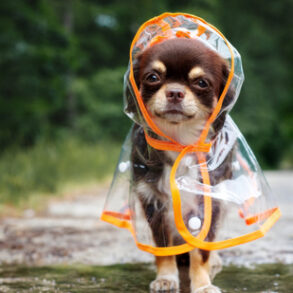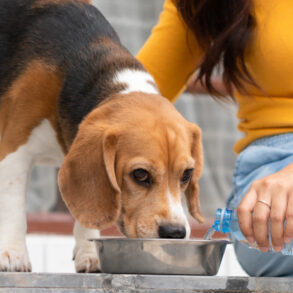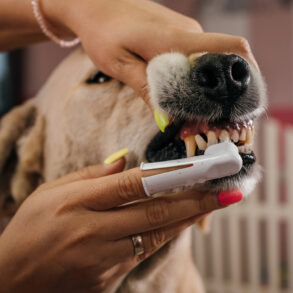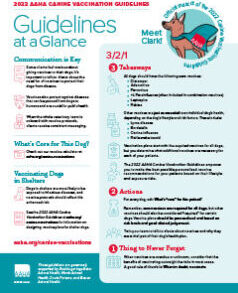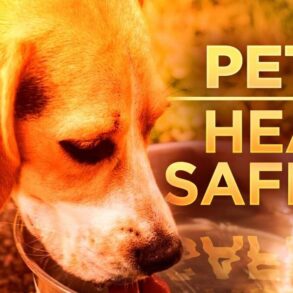
Heat stroke is common among dogs who have been left in poorly ventilated spaces during hot weather.
According to the American Kennel Club, a dog can experience heat stroke, also called hyperthermia, its internal body temperature exceeds 105 degrees. The animal’s normal temperature is generally 101.
So far this year, 69 dogs, cats and other companion animals have died in the United States due to hot weather, according to People for the Ethical Treatment of Animals. That’s compared to 163 heat-related animal deaths in 2023.
Here’s how you can spot the signs of heat stroke in pets — and how to prevent it:
What are heat stroke symptoms in dogs?
Heat stroke is life threatening for dogs and can lead to serious health complications if the illness is caught too late, the American Kennel Club said.
According to the Veterinary Centers of America Animal Hospital, signs of heat stroke in dogs include:
- Heavy panting
- Drooling
- Rapid breathing
- Dry or sticky gums
- Very hot skin
- Higher-than-normal heart rate
- Seizures
- Lethargic or disoriented appearance
If the heat exposure continues, the kennel club said that the dog’s condition will worsen with symptoms including white or blue gums, drop in blood pressure, hyperventilation and muscle tremors.
How can dogs get sick during hot weather?
The Veterinary Centers of America said heat stroke commonly occurs when dogs are left in cars with poor ventilation.
Other causes of heat-related illnesses include pets being outdoors during hot weather without shade or water, or getting too much exercise in hot weather.
Dogs can even get sick if you use a hair dryer on them for too long.
Are certain dog breeds more prone to heat stroke?
Some kinds of dogs are more likely to get heat-related illnesses than others.
“Dogs with a restricted airway such as brachycephalic breeds (flat-faced dogs such as pugs, boxers, and bulldogs) are at greater risk,” the Veterinary Centers of America said. “In these breeds, clinical signs of heat stroke can occur when the outside temperature and humidity are only moderately elevated.”
Dogs with long hair, that are young or overweight are also more susceptible.
Specific environments can also attribute to heat stroke, such as lack of access to water, sudden weather changes and previous medical conditions.
Can cats get heat-related illnesses too?
Although they’re less likely to, cats can get heat stroke, too.
If a cat’s temperature is above 105, it should get medical care for heat illness, according to Animerge, an emergency veterinary clinic.
Symptoms of heat stroke in cats include drooling, excessive panting and grooming, vomiting, loss of balance and sweaty paws.
How to prevent heat stroke in pets
To help your furry friends avoid heat stroke, you can follow these tips from the Humane Society:
- Never leave pets in a parked car
- Limit physical activity on hot days
- Cool your pets down with pet-safe Popsicles, water, soaks, mats and body wraps
- Watch out for humidity
Typically, animals will pant to cool themselves, as it helps evaporate moisture from their lungs.
However, the Humane Society said, high humidity in the air will make it more difficult for them to do so.
How to treat canine heat stroke
If you notice your dog is experiencing heat stroke symptoms, you can help by safely lowering the canine’s temperature.
The Veterinary Centers of America recommends placing a cool cloth or pouring cool, not cold, water over the your pet’s head, armpits, feet and stomach.
Placing a fan nearby so the dog can get a flow of air will also bring temperatures down.
It’s best to take your dog to a veterinarian immediately, once its temperature reaches 103 or if you’re unable to cool them down.
Dogs with severe illness may require medication, oxygen or fluids.
This post was originally published on this site be sure to check out more of their content.








